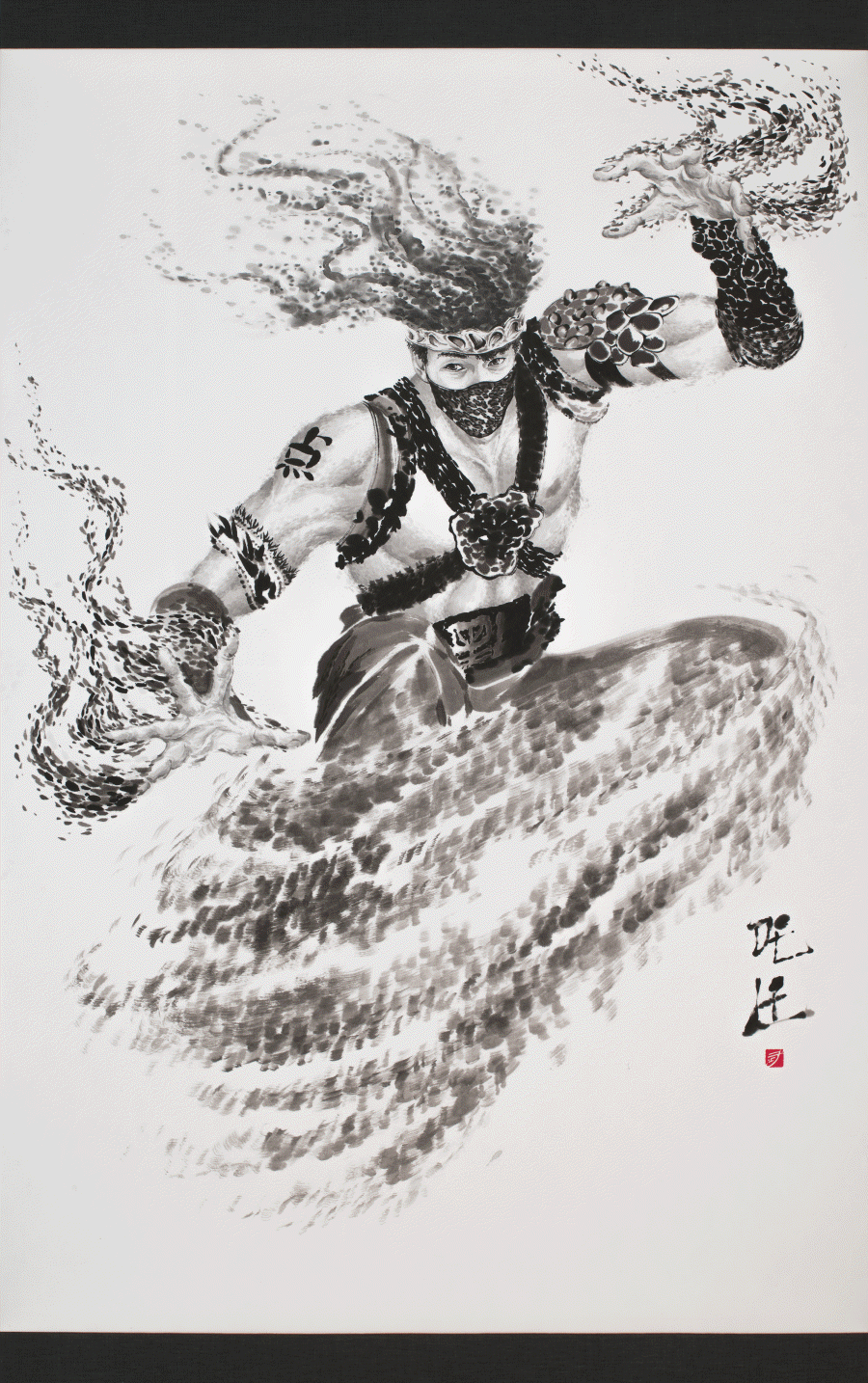Solo Exhibitions (Brief)
Son Donghyun started his career with the group exhibition 《Funny Funny Ⅳ》 at Gallery Sejul(Seoul, Korea) in 2005. He has opened up a new chapter in Oriental painting through a special melding of traditional Korean portrait techniques and mass cultural popular icons through his first solo exhibition 《Pa-Ap Icon:波狎芽益混》 at Art space HUE(Seoul, Korea) in 2006.
Starting from these works, artist painted portrayals of Michael Jackson, portraits of familiar characters in Disney animation or Hollywood movies, and fashionable logos while depicting the zeitgeist.
He presented experimental work reinterpreting subjects appearing in modern popular culture as works of East Asian art, using traditional trends, techniques, methods, and distinctive qualities of mediums that are well known in his solo exhibition 《PINE TREE》 (2014, Space : Willing N Dealing(Seoul, Korea)).
His 《Early spring》(2021,Perigee Gallery(Seoul, Korea)) completed in this way interestingly demonstrates a combination of different materials and techniques, presenting Ten-Fold Folding Screen with Landscape.
Group Exhibitions (Brief)
Participated in group exhibitions held at The National Museum of Modern and Contemporary Art(Seoul, Korea), Seoul Museum of Art(Seoul, Korea), Doosan Gallery(New York, USA), Aando Fine Art(Berlin, Germany).
Awards (Selected)
In 2015, he received the grand prize at the ‘15th Songeun Art Awards’ (Songeun Art Foundation) and the ‘Today’s Young Artist Award’ in 2011
Collections (Selected)
His works are in collections of various museums and foundations such as The National Museum of Modern and Contemporary Art(Seoul, Korea), Seoul Museum of Art(Seoul, Korea), Daegu Museum of Art(Daegu, Korea), SongEun Art and Cultural Foundation(Seoul, Korea).





















